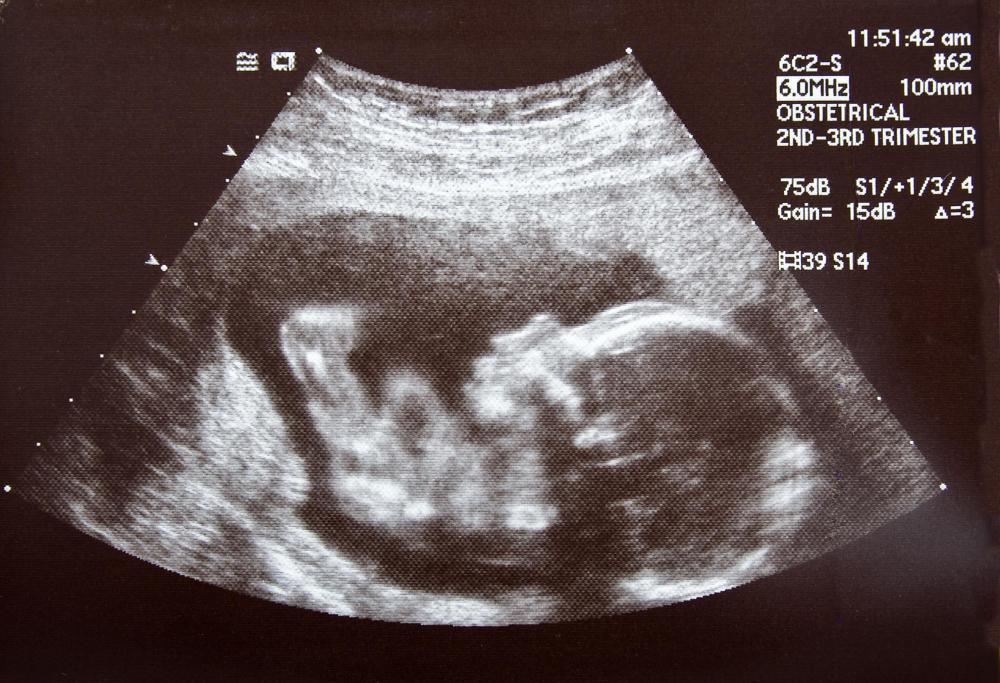At WiseGEEK, we're committed to delivering accurate, trustworthy information. Our expert-authored content is rigorously fact-checked and sourced from credible authorities. Discover how we uphold the highest standards in providing you with reliable knowledge.
What is Teratology?
Teratology is the study of abnormalities and defects in physiological development, comprising birth defects, abnormalities in other developmental stages such as puberty, and defects in the development of other organisms, including plants and animals. The term is currently used most often to refer to teratogenesis, the medical study of congenital disorders in humans. Such disorders may be genetic in nature, or they may be due to the intrauterine environment of the fetus. Congenital disorders are distinguished from acquired disorders, which are caused by behavior or environment after birth.
Birth defects affect three to five percent of all newborns, but account for 20% of infant deaths. In the 1950s, the field of teratology discovered that environmental agents, called teratogens, could affect the developing fetus. An estimated ten percent of birth defects are caused by teratogens rather than genetic disorders. However, 65% of congenital disorders have no known cause.

In 1959, embryologist James Wilson identified six principles of teratology in his Environment and Birth Defects. The first principle holds that teratogenesis, abnormal development due to environmental factors, is a result of the interaction of the genetic identity of the fetus with the environment. The second principle holds that developmental stages are also a factor, so that the fetus is more or less susceptible to certain teratogens at different stages in development. According to the third principle, teratogens act on developing structures and tissues in specific ways.

The fourth principle of teratology holds that several factors can affect teratogenesis, such as the duration or amount of exposure to a teratogen, and the mother's genetic identity. The fifth principle distinguishes four types of teratogenesis: Death, Malformation, Growth Retardation, and Functional Defect. Finally, the sixth principle of teratology holds that the manifestations enumerated in the fifth principle increase in frequency and severity as the amount of teratogen in the environment increases from a No Observable Adverse Effect Level (NOAEL) to a 100% Lethal Dose (LD100).

Teratogens include drugs and chemicals, radiation, bacterial or viral infection, metabolic abnormalities, and substances such as alcohol, nicotine, and caffeine. Many teratogens have little or no effect on adults. Birth defects due to teratogenesis can include cleft palate, missing or malformed limbs, and deformities of the brain and heart. Many teratogenic birth defects are preventable, so teratology education is important for expecting families. Teratology also helps determine which medications are safe for pregnant women.
AS FEATURED ON:
AS FEATURED ON:
















Discuss this Article
Post your comments